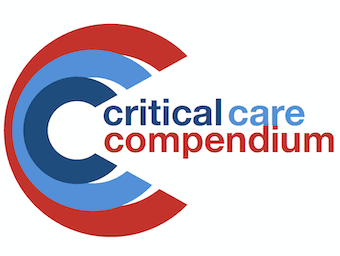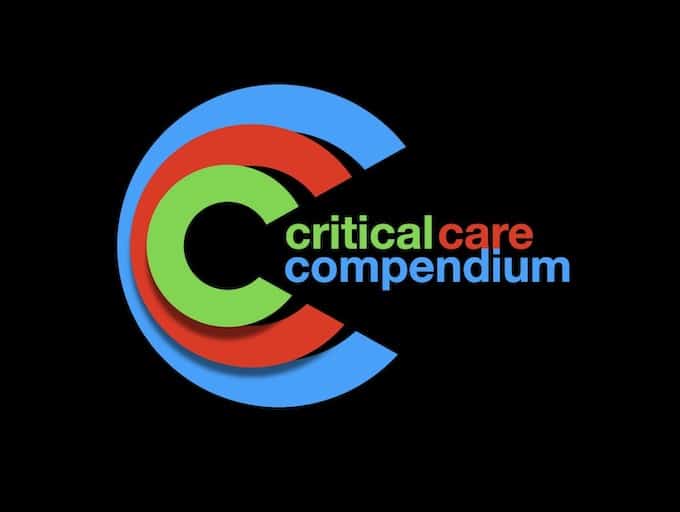
Acalculous cholecystitis
Acalculous cholecystitis: pathophysiology: bile stasis + increased viscosity c/o fever, dehydration, no enteral feeding -> CCK induced gall bladder contraction with wall ischaemia
The LITFL Critical Care Compendium is a comprehensive collection of pages concisely covering the core topics and controversies of critical care.

Acalculous cholecystitis: pathophysiology: bile stasis + increased viscosity c/o fever, dehydration, no enteral feeding -> CCK induced gall bladder contraction with wall ischaemia

Hemihepatectomy: major surgery; perioperative mortality = 3%; usual indication = metastatic colorectal adenocarcinoma or cholangiocarcinoma

There are various systems available for scoring trauma severity. Some are based on anatomical descriptions of injuries, some on physiological parameters and others use combined data. No ideal trauma scoring system is currently available

Trauma Literature Summaries: Tranexamic acid (TXA) for traumatic haemorrhage; Steroids for acute spinal injury

Urinalysis (UA) is used as a screening and/or diagnostic tool to detect substances or cellular material in the urine associated with metabolic disorders, renal dysfunction or urinary tract infections (UTI)

Pyloric Stenosis is a medial emergency that requires urgent fluid resuscitation and resolution of biochemical abnormalities. Definitive surgical treatment can then be undertaken to restore enteral nutrition.

There is concern that sedatives and anaesthetic agents may have harmful effects on the developing brain

The Septic Child

Selective Lung Ventilation involves the isolation of one lung from the other allowing independent ventilation. Usually performed with a double lumen tube (DLT); alternatives are the use of a univent tube or an endobronchial blocker

Cleaning Bronchoscope. The technique described uses the Matrix biofilm remover as a detergent.

Antibiotic guidelines vary between ICUs. This variation is based on local causes of infections, resistance patterns, availability and patient factors. However, the principles of appropriate use of antibiotics are universal... as are the common errors!

Pulseless electrical activity (PEA) occurs when organised or semi-organised electrical activity of the heart persists but the product of systemic vascular resistance and the increase in systemic arterial flow generated by the ejection of the left ventricular stroke volume is not sufficient to produce a clinically detectable pulse